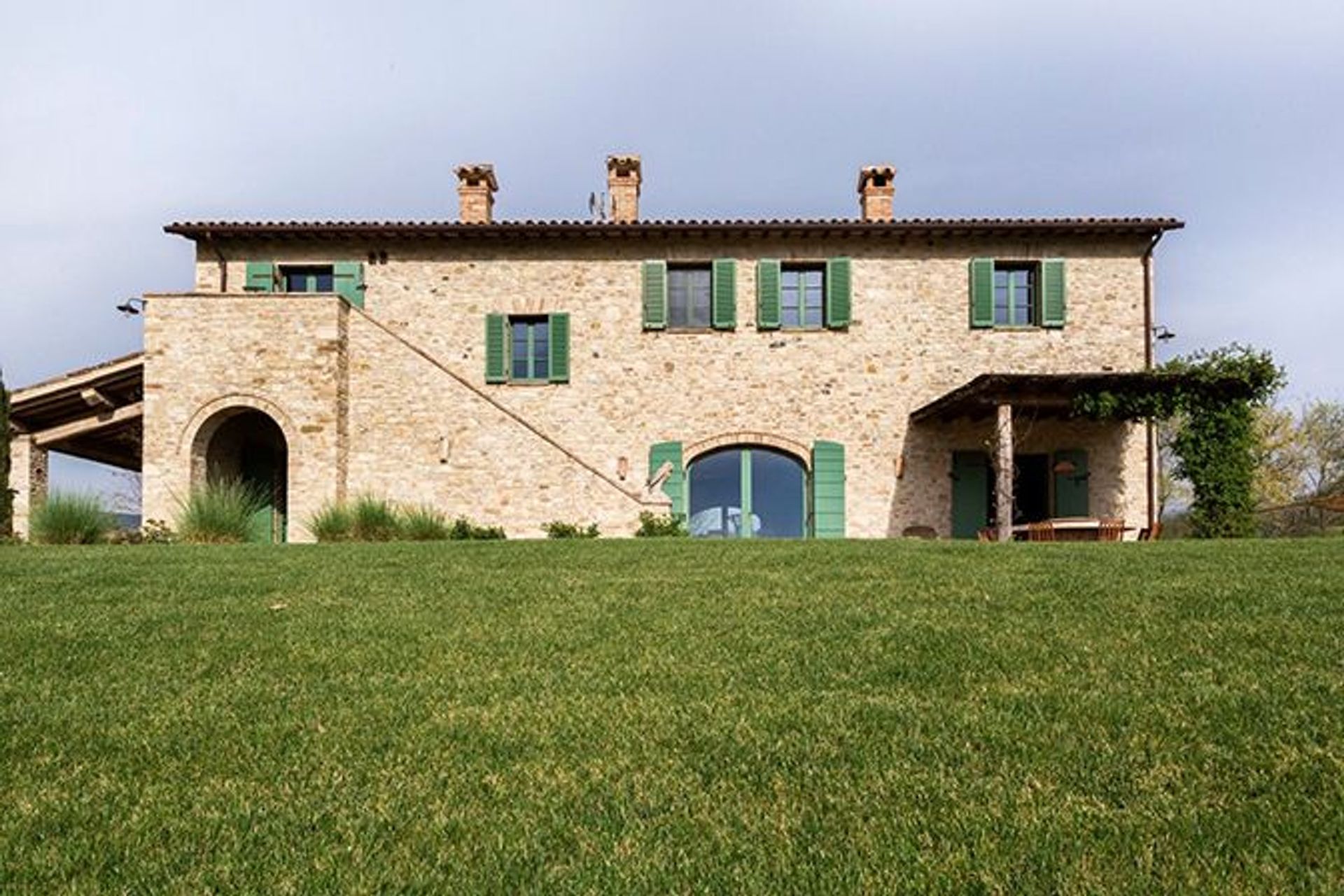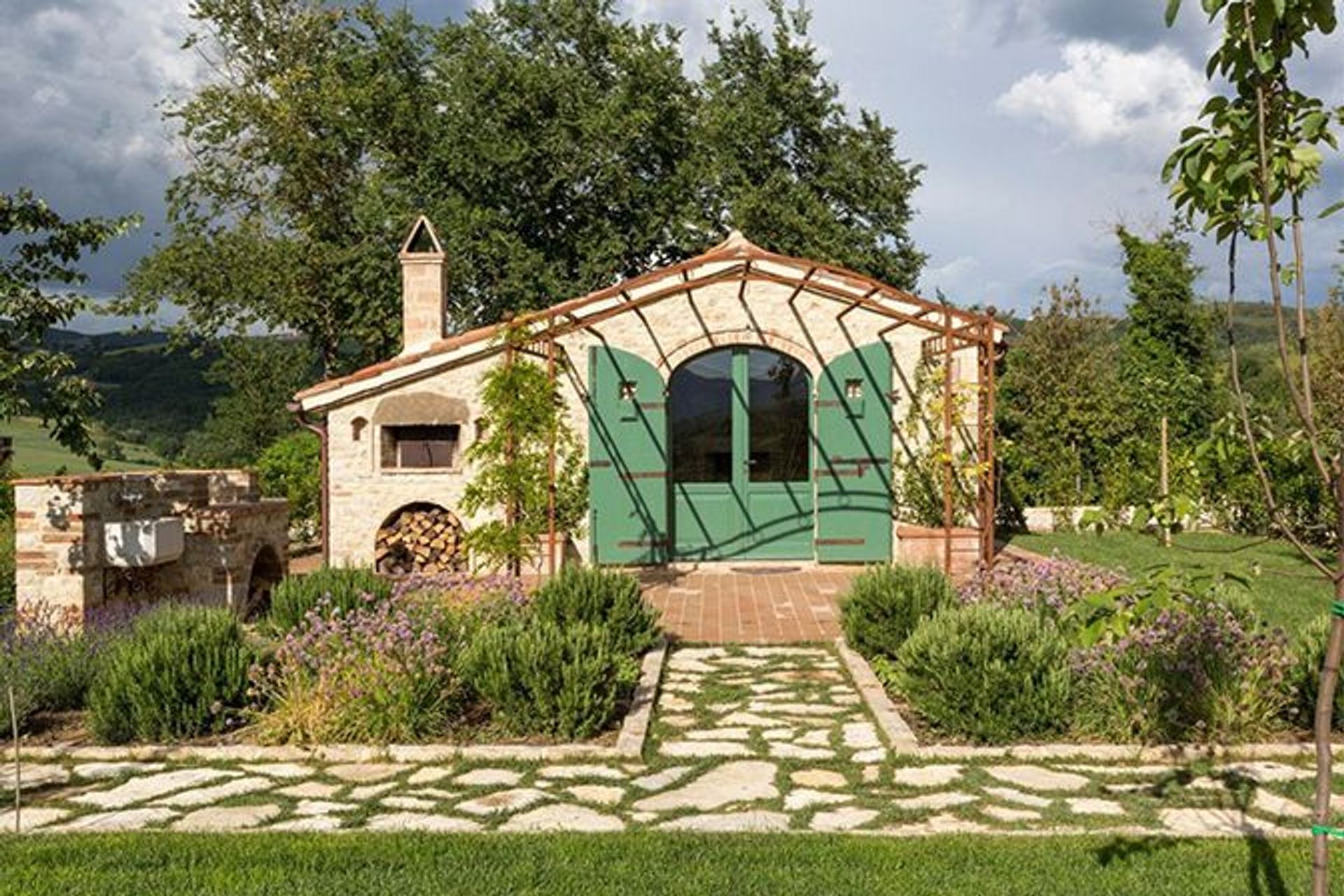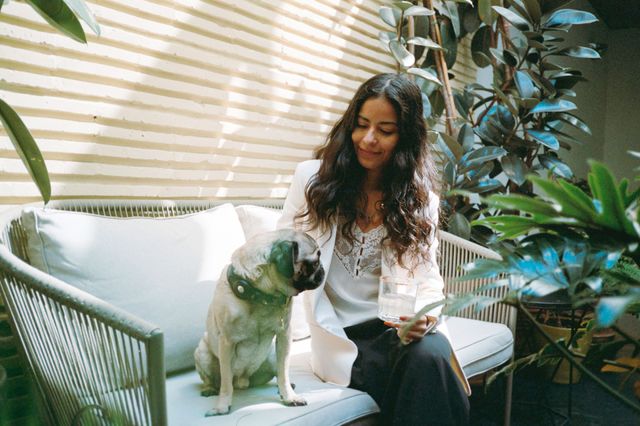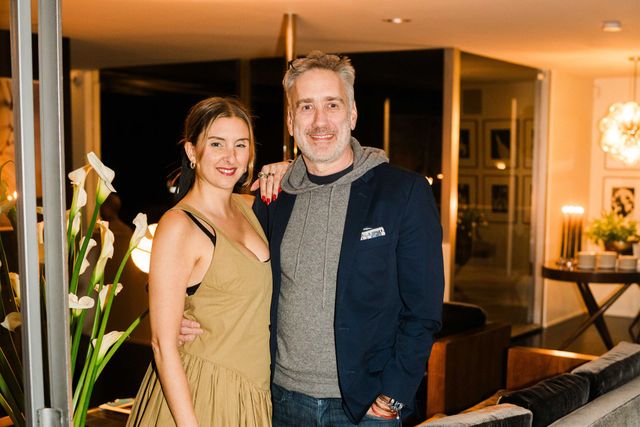Conversation With Edmondo Di Robilant
- Category
- Q&A
- Written by
- Stacy Suaya
- Published
- June 22, 2021
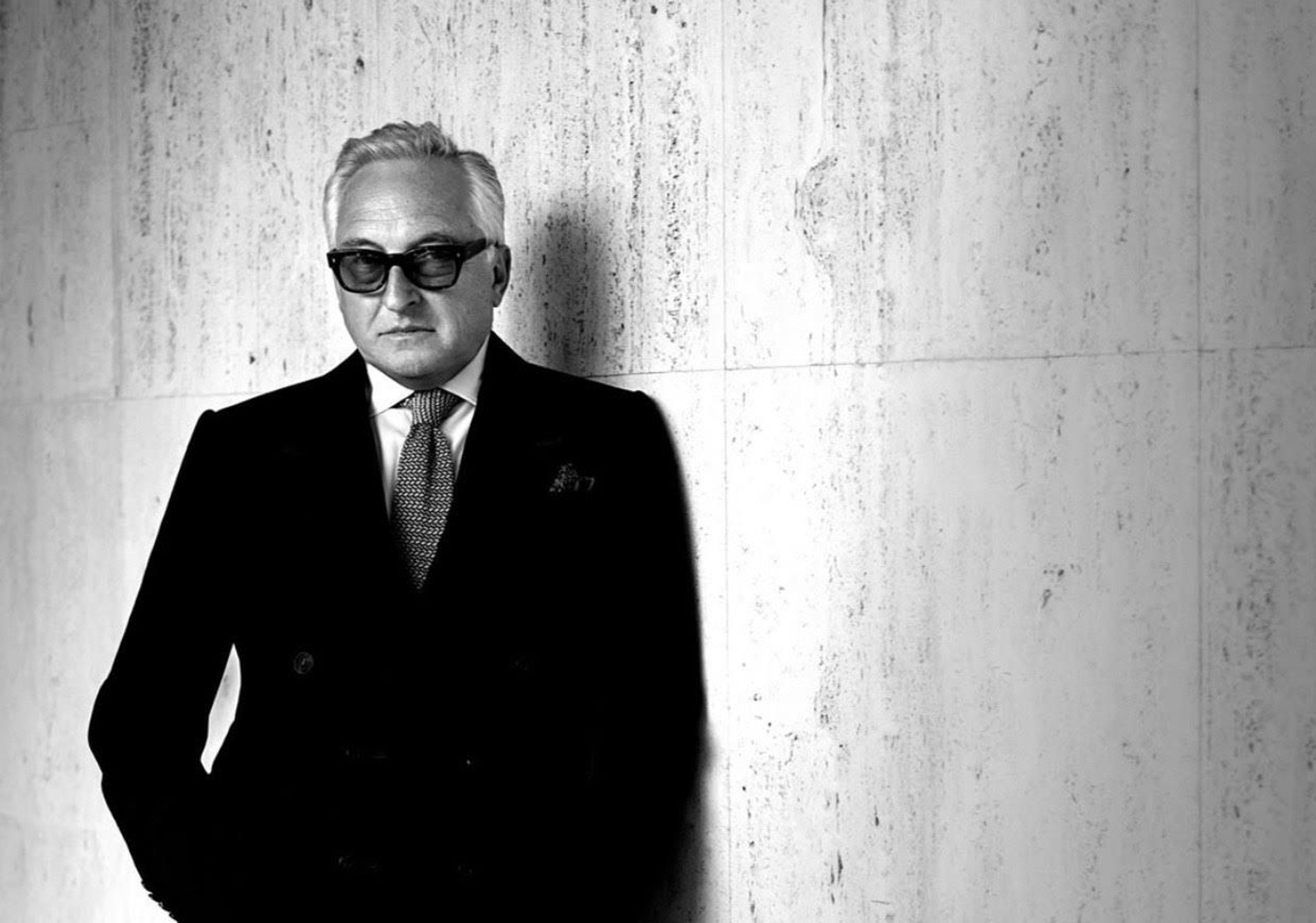
With a name that’s synonymous with Old Masters works of microscopic perfection, Robilant + Voena has also kept things fresh by peppering in a Julian Schnabel or Damian Hirst along the way. The fine art dealers, with galleries in Milan, London, Paris and New York have done shows on the likes of Joli and Gaspar van Wittel, and sold pieces to many prestigious institutions, like The Frick and The Metropolitan Museum of Art.
When we realized that partner Edmondo di Robilant also owned two of our vacation rentals, Hora Village House in Patmos and Petroro di Todi in the Umbrian countryside, we reached out to find out the story behind yet another of our interesting owners.
HOW DID YOU GET YOUR START IN ART DEALING? DID YOU ALWAYS HAVE A PROCLIVITY FOR IT?
Edmondo di Robilant: "It was very serendipitous. My father was a banker who was interested in art and took us as children to museums. And whenever we traveled, we went and looked at churches and saw the local artworks. So we were always quite imbibed in the concept of art, but it was never thought of as a professional possibility. Then I was going to London School of Economics and I hated it, and I had an uncle who ran Sotheby’s in Italy and I got a job at the front counter when I was 22. I enjoyed it, took a history of art course, and then I was employed by Colnaghi, the most important Old Masters paintings gallery in the world. Suddenly, you’re 23 and can make a sale for 10,000 quid - it’s a huge thing. And in the art world, you see interesting things, speak to interesting people and rub shoulders with people who are dedicated to their trade and craft. So yes, it’s a lot more fun than working at a financial institution, which I knew early on."
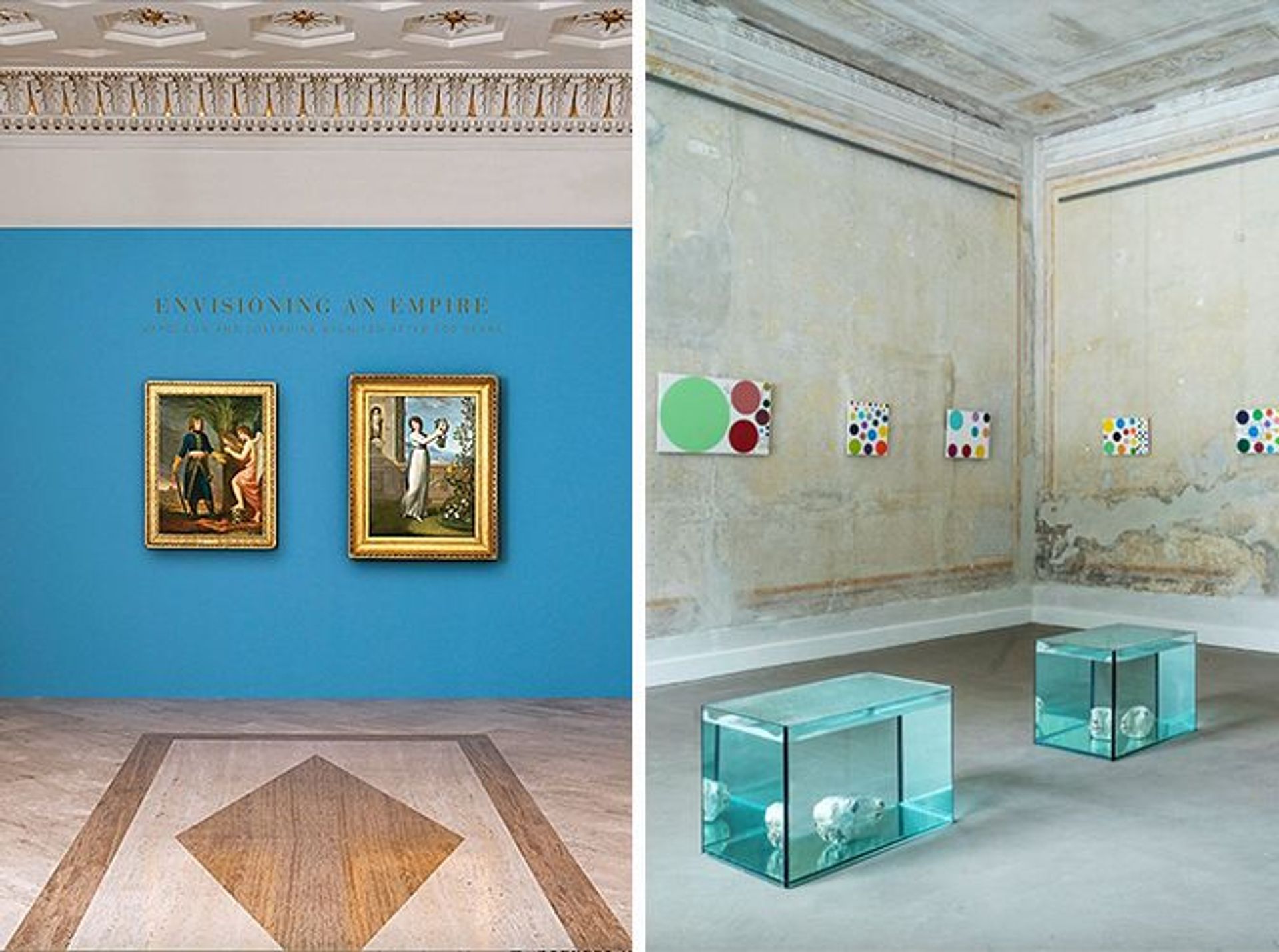
Recent gallery shows in London and St. Moritz, courtesy of Robilant + Voena
WHEN DID YOU GO OUT ON YOUR OWN?
ER: "I chose the worst time - 1990. From 1991 to 1994 there was a complete drop in the market. Japan imploded and Kuwait was invaded and we basically had a complete reversal of fortune. Luckily, six months before all of that, I sold a very expensive Van Gogh and an Alfred Sisley in a two-picture deal that was worth about 25 years of salary. Thank goodness, because the next few years were absolute famine. And then I started working with my Italian partner, Marco Voena, and we did a fair and started our first gallery in London in 2004."
WHAT IS A HIGHLIGHT?
ER: "Selling to very important museums is the flower in your lapel for the Old Masters world because it’s quite prestigious. We’ve sold to every museum that you can think of from all the various national galleries around the world. Three years ago, we sold a painting to The Frick, a portrait of a man called Camilo Borges by Baron Gerard, who was the court painter to Napoleon after David. The Frick hadn’t bought a painting since 1991. To sell to a collection like that is an amazing one-off. We also sold a painting to the National Gallery here in London, by Artemisia Gentileschi, a master who depicted the #MeToo equivalent in the 17th century. She is one of the most famous female artists of that time, and is highly important nowadays because most institutions and museums are looking to augment their collections with female artists. And in the 16th, 17th, and 18th centuries, there was one female artist to a thousand male artists. You can count them on one hand."
HOW DID YOU END UP WITH TWO VACATION RENTALS IN GREECE AND ITALY?
ER: "As for Hora Village House, I was two years old when I was first taken to Greece by my parents and I think I’ve gone every summer since. Thirty years ago, I was invited to the island Patmos and I started trying to buy a house. That was also when I made that two-painting sale, and money was burning a hole in my pocket. My trying went on forever, because nobody officially knows what belongs to who there - it’s all done by tradition and anything that hasn’t changed hands since the Second World War isn’t in the register. Eventually, I found a lovely little house in the village on the hill that circles the 11th-century monastery - the most important monastery for the Orthodox Church after Constantinople. The house had been abandoned for 25 years and the owner finally put it up for sale and I came at the right moment.
"As for Petroro di Todi, I was with an architect friend in Florence and he asked me to come check out an estate at auction in Umbria. I was interested because the countryside is magnificent and some of the greatest works of art are in Umbria: Obvieto, Spoleto, Assisi, each of the city has amazing works of art. Also, I’d been wanting to find something there as an investment. I saw the property, which was on this estate of about 2,000 hectares of arable land with vineyards - it had 10 or 15 homes on it. And I bought one of the small houses for next-to-nothing, quite impulsively. Ten years later, I bought some of the land around it so nobody could build next to me."
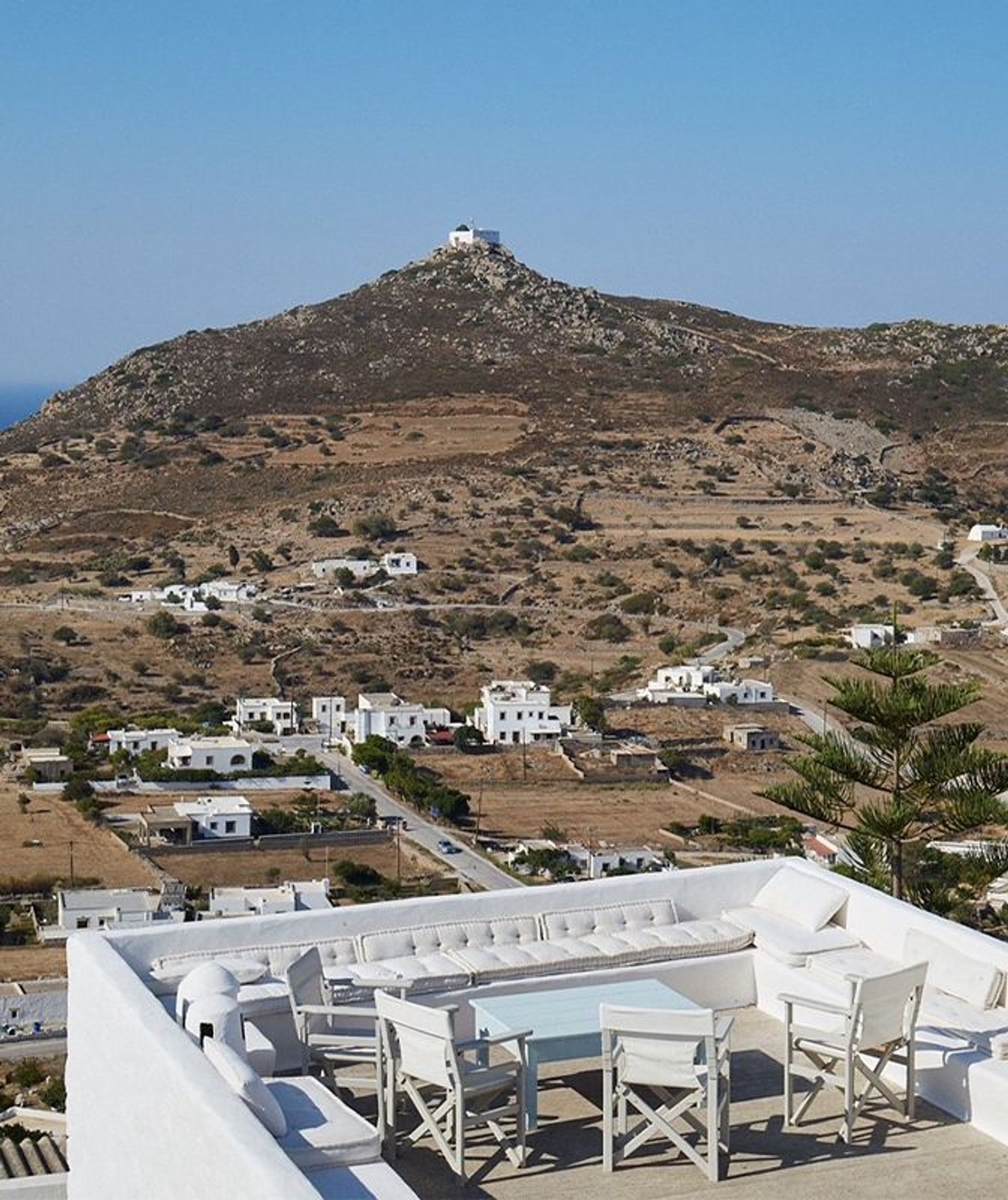
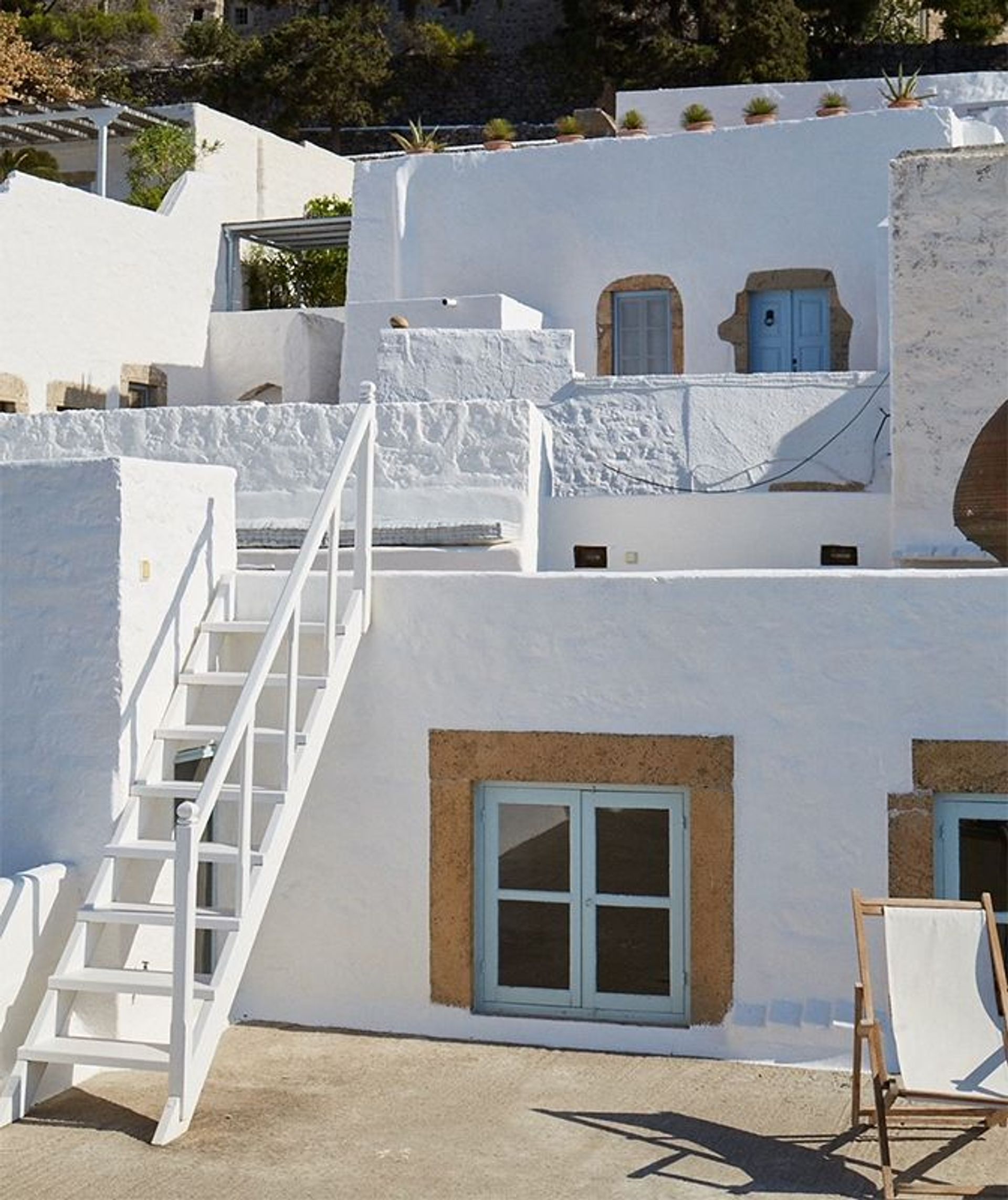
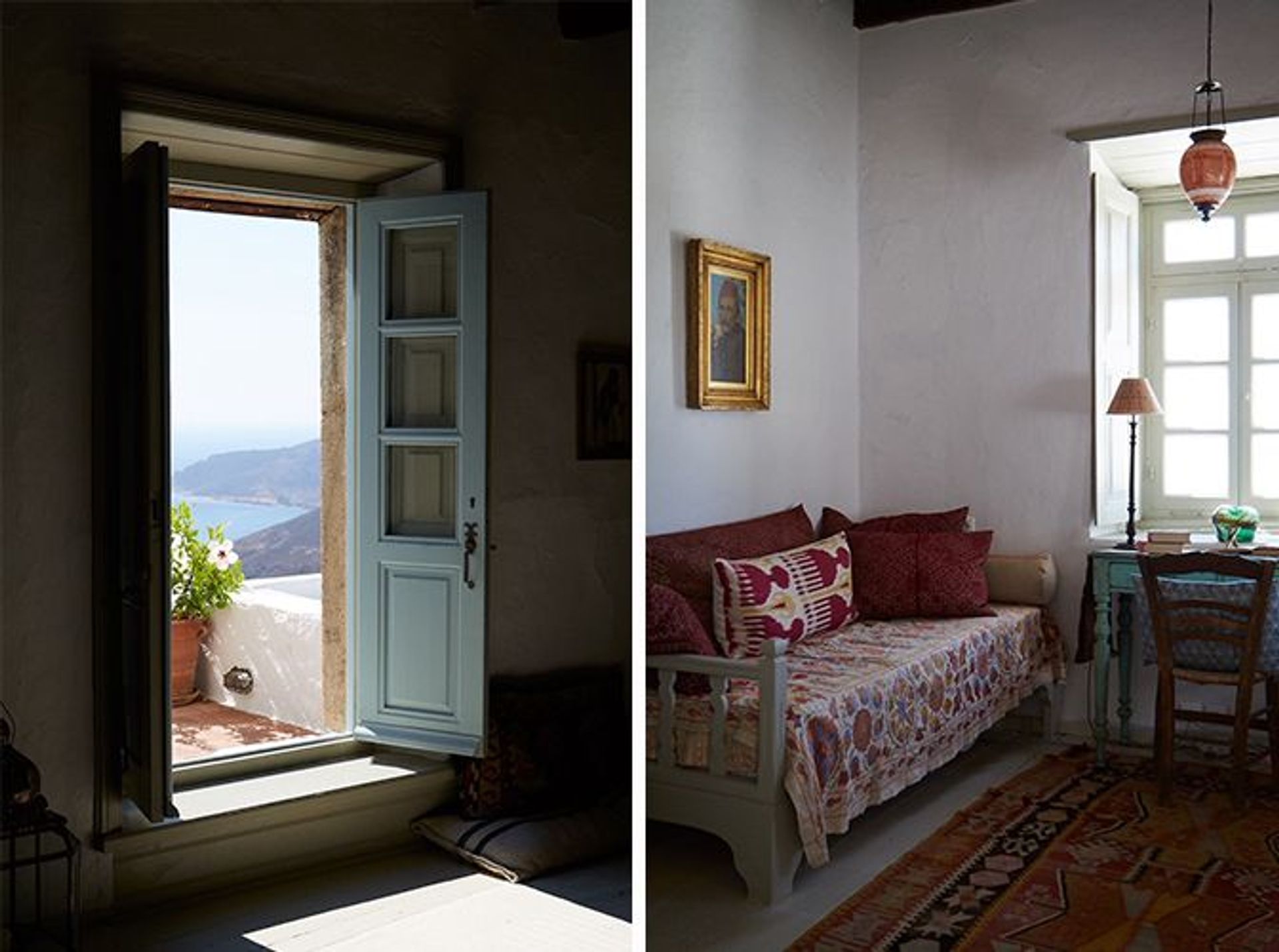
HOW DID YOU REFRESH THE PROPERTIES TO BE WHAT THEY ARE TODAY?
ER: "In Patmos, we redid the whole house in about six months. I had a local woman who is a self-styled architect and knows all the village houses backwards. All of our workers lived in the village. We redid the roofs, put in full bathrooms, redid the electricity, we moved the kitchen to the drawing room, which was moved to where some bedrooms were, and basically we just rearranged it. And then we reclaimed old door frames and tiles from the village and the furniture was made by woodworkers from the island. John Stefanidis, the top decorator, helped do a lot of houses on the island and so the workers here know his style, which is well-made, updated pieces based on traditional designs. My wife Maya brought in pieces from Turkey. As for the art, I chose some of my Middle Eastern-looking pieces based on the proximity to that levant, and a painting of Pythagoras who comes from Samos, the island next door.
"Petroro di Todi was something I tried to restore but I couldn’t save it. We knocked it down and I found a local architect and a father-son stonemason team. I based it on a farmhouse, and was adamant that it have a vaulted ceiling. As it turned out, my workers had never done one, even though it was traditional. So we found a company who laser-cut sections of polystyrene that were shaped in a way to support a scaffolding, then covered in bricks. When you take off the polysterene, there’s a beautiful vault underneath. Normally, it would have been done with a wood frame. The drawing room is half double-height, and the home is full of reclaimed old beams, tiles and lintels. We also did a basement, due to earthquakes, and ended up adding a gym, cinema and Turkish bath. So the project escalated enormously."


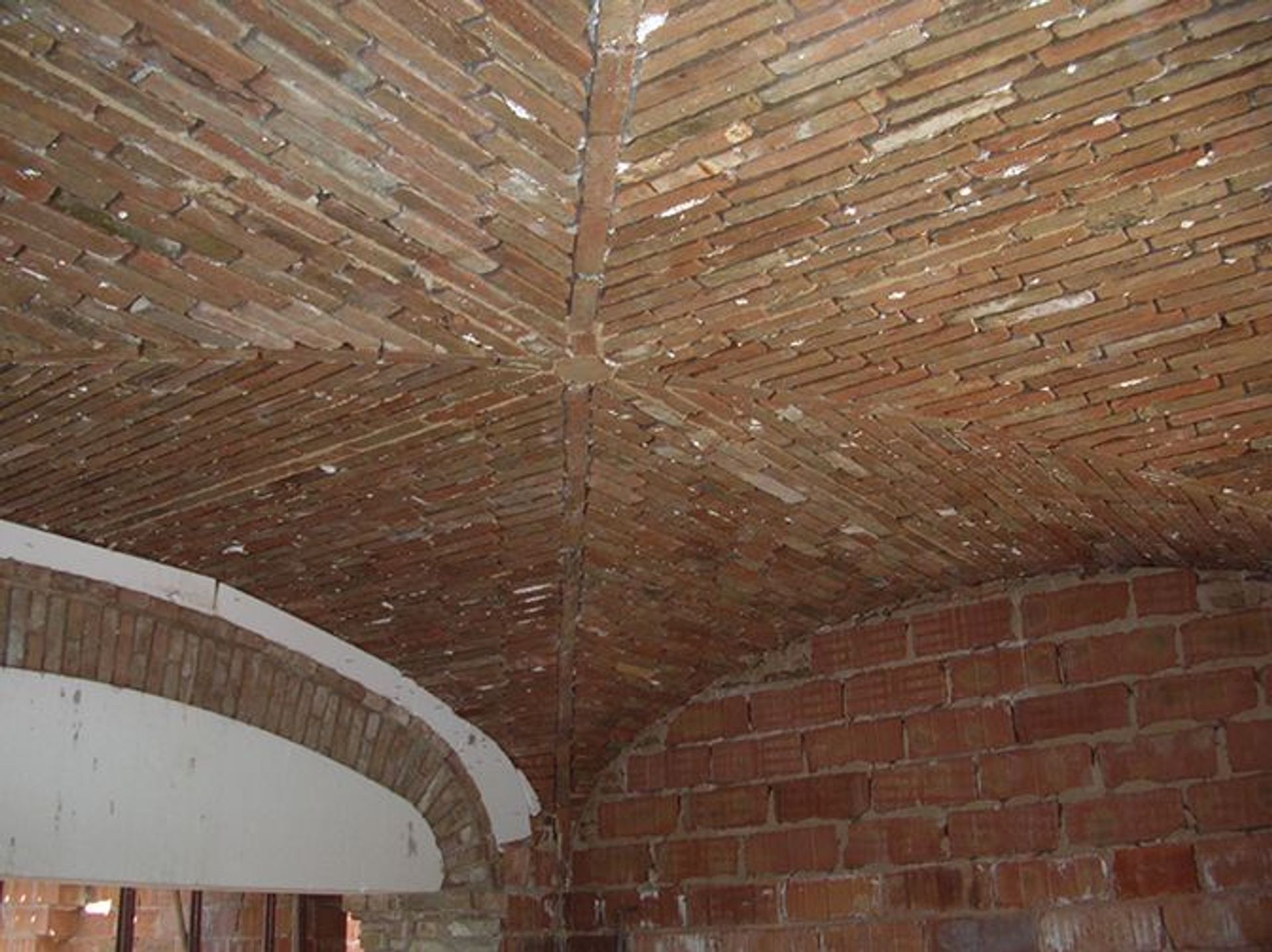
"As for the furnishings, they are a mix that came from my father’s flat in London, art from my home in London, and things I’d find at auction. It's a jumble of leftover and found things."
"The last challenge was that there wasn’t a single tree around the house. Luckily, Arabella Lennox-Boyd, a revered landscape designer, is one of my lovely friends. She did the design for me somewhat pro-bono, so I felt obliged to follow it by the inch. It's funny - all I'd originally wanted was a little bolthole in Italy, but I think it turned out rather spectacular."
To book a stay at Hora Village House, click here. Or to visit the Umbrian farmhouse, Petroro di Todi, click here.
